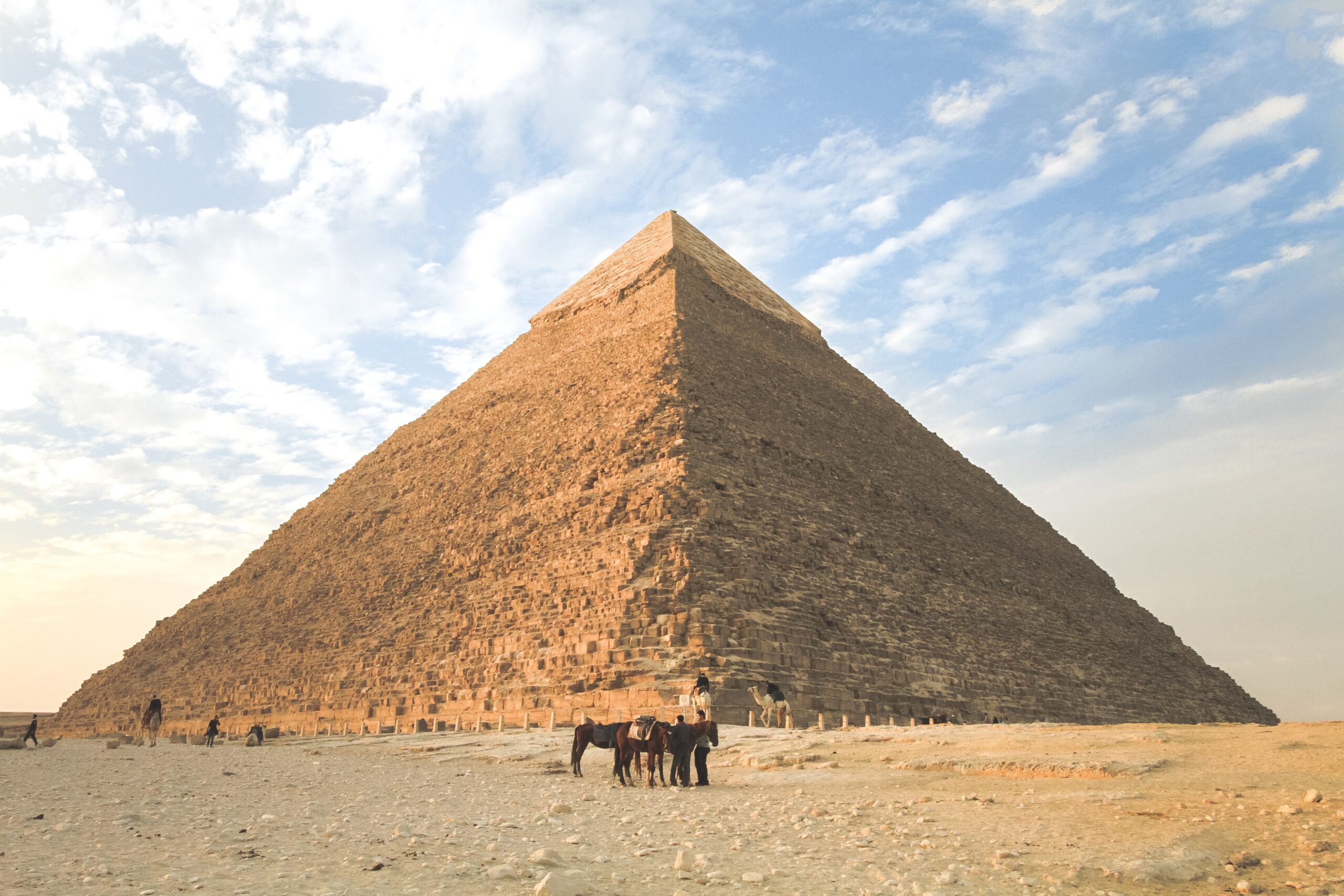Introduction
The “pyramid of corruption” is a metaphorical framework that helps us understand the intricate and often opaque web of dishonesty, fraud, and deceit that permeates multiple levels of society.
As one of the most pressing issues of our time, corruption hampers economic growth, erodes trust in institutions, and exacerbates income inequality. This article will explore the layers of the pyramid of corruption, shedding light on how it functions and how it can be dismantled.
Investigating Corruption is a complex process, but essential as $1 trillion USD is paid in bribes, along with an estimated $2.6 trillion USD stolen annually.
I The Base: Petty Corruption
Petty corruption forms the foundation of the pyramid of corruption. It encompasses small-scale dishonesty and fraud that directly affect citizens’ daily lives. Examples include traffic police soliciting bribes, medical staff demanding extra payments, or teachers requiring gifts for better grades.
Although these acts might seem insignificant, they are critical to understanding the broader corruption ecosystem. Petty corruption undermines trust in public institutions and services, and it can serve as a gateway to more severe forms of corruption.
II The Middle Tier: Grand Corruption
The next level up in the pyramid of corruption is grand corruption. This involves high-ranking officials, politicians, and business executives who wield significant power and influence. Grand corruption includes large-scale embezzlement, bribery, and misappropriation of public funds.
The complexity of grand corruption often makes it more challenging to detect and prosecute than petty corruption. It can have far-reaching consequences, distorting public policy, undermining the rule of law, and perpetuating income inequality.
III The Apex: Systemic Corruption
At the top of the pyramid of corruption lies systemic corruption, which is pervasive and deeply entrenched in the fabric of society. It is characterised by the widespread acceptance of corruption as a norm, the lack of effective oversight, and the absence of powerful institutions to prevent and punish corruption.
Systemic corruption is challenging to eradicate, as it often involves the collusion of powerful individuals and networks that protect and support each other. It stifles economic growth, erodes trust in institutions, and perpetuates poverty and inequality.
IV The Enablers: White-Collar Crime and Money Laundering
The pyramid of corruption is supported and sustained by white-collar crime and money laundering, which enables corrupt individuals to conceal their ill-gotten gains and legitimise their wealth. These activities encompass a range of financial crimes, including tax evasion, fraud, insider trading, and embezzlement. Fraud can be present across multiple levels of an organisation, explained here.
Money laundering, in particular, plays a crucial role in facilitating corruption. By obscuring the source of funds and integrating them into the legitimate financial system, money launderers help to sustain the corrupt status quo and undermine efforts to promote transparency and accountability.
V The Facilitators: Organised Crime
Organised crime groups play a crucial role in perpetuating the pyramid of corruption. They engage in an array of illegal activities, from drug trafficking and human smuggling to cybercrime and wildlife poaching. These criminal networks often cooperate with corrupt officials and politicians to protect their interests and evade justice.
The actions undertaken by organised criminal organisations undermines the rule of law, fuels corruption, and contributes to social instability. By infiltrating and influencing political and institutional systems, these groups further entrench the pyramid of corruption.
VI Breaking the Pyramid: Whistle-blowers, Accountability, and Transparency
To dismantle the pyramid of corruption, it is essential to empower whistle-blowers, promote accountability, and increase transparency. Whistle-blowers play a vital role in exposing corrupt practices and shedding light on the inner workings of the corruption pyramid.
Accountability mechanisms, such as independent investigative bodies and judicial systems, are crucial for prosecuting corrupt individuals and deterring future misconduct. Transparency initiatives, such as open government data and public procurement systems, can help prevent corruption by making it more difficult for individuals to hide their illicit activities.
VII Policy Recommendations and Anti-Corruption Measures.
To effectively combat the pyramid of corruption, governments, businesses, and civil society must work together to implement comprehensive anti-corruption measures. These may include:
- Strengthening institutions: Building strong, independent institutions that can effectively prevent, detect, and prosecute corruption is crucial. This includes judicial systems, anti-corruption agencies, and oversight bodies.
- Enhancing transparency: Ensuring transparency in public procurement, government data, and financial systems can make it more difficult for corruption to thrive.
- Empowering whistle-blowers: Providing legal protections and support for whistle-blowers is essential to encourage individuals to come forward and report corruption.
- Promoting integrity and ethics: Fostering a culture of integrity and ethics within public and private sector organisations can help prevent corruption from taking root.
- Engaging civil society: Encouraging active citizen participation in monitoring and reporting corruption can support accountability and transparency efforts.
- Implementing international cooperation: Cross-border collaboration is vital in the fight against corruption, as it helps to share best practices, track illicit financial flows, and prosecute individuals involved in transnational corruption schemes.
Conclusion
The pyramid of corruption is a complex and multi-layered structure that pervades various aspects of society. By understanding the different levels of corruption and the factors that enable and facilitate it, we can develop targeted strategies to combat this scourge.
Only through a concerted effort involving governments, businesses, and civil society can we hope to dismantle the pyramid of corruption and foster a more just and equitable world.
If you’re in need of assistance in establishing your own Corruption Prevention measures, contact us for a free consultation.

